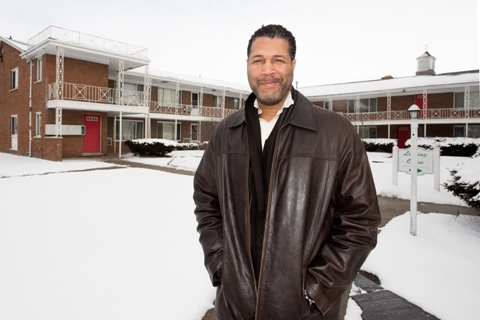While profit potential can and should drive development interest, it should not be the only consideration of property developers, according to experts who worry that many may miss opportunities to leap frog ahead of the marketplace by leveraging use of strategically-placed mixed-income housing developments in key city sectors with signs of growth potential.

Mixed-income housing, including Section 8 tenancy, has served as a profitable stepping stone for Jason Dean, co-owner of J.S. Dean Property Management.
“As a property owner I have a choice. I can lease a 1,000 sq foot one-bedroom apartment at a market rate of about $1,700 a month or divide the same space into two 500 sq. foot studio rentals eligible for federal subsidies at a rate of $2 per square foot,” says Dean.
The collective impact of such decisions can be sizable, according to Dean, who reports that subsidies paid on residents’ behalf reduce collections effort and evictions.
“I know a guy who’s worth $30 million. He always says, ‘You make your money on your B and C properties’” in affordable housing, he says. “He’s got his ‘A’ property in the suburbs, just as a trophy.”
Affordable leasing can also be a starting point for investors looking to enter a competitive sales market.

“From a development point of view it’s easier and, eventually, may prove more profitable to support mixed-income rental properties in distressed property markets, which have long-term potential to convert to market rate condominiums, according Matthew B. Elliott, Bank of America’s Michigan Market president, who believes that Detroit should leverage more mixed income property developments.
Mayor Mike Duggan has advocated that new residential developments eligible for city incentives should reserve 20 percent to 40 percent of its units for lower-income renters.
Mixed income housing developments, like Bedrock’s Brush Park Development Company development show promise of reinvigorating Detroit’s landscape. The development, which will reserve 20 percent of its 400 units for affordable housing will span 8.4 acres, or about four blocks, which is generally bounded by Edmund to the north, John R. to the west; Brush to the east, and Alfred to the south. For details visit, www.brushparkdetroit.com.
Photos by Paul Engstrom



